
Consortium for Ocean Leadership Names Leonardi as President and CEO
work at the federal government, Dr. Leonardi has ties to the academic community, having held research and adjunct faculty appointments at Miami Dade College, Broward College and James Madison University.Dr. Leonardi received his master’s and doctorate degrees in physical oceanography from Florida State University and his undergraduate degree in meteorology from the University of Wisconsin-Madison.“I am honored to be selected as the next president and CEO of the Consortium for Ocean Leadership,” said Dr. Leonardi. “I have long been both a partner and a fan of COL, so the opportunity
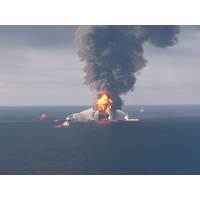
What Did Scientists Learn from Deepwater Horizon?
;Now we have a better sense of what we need to know,” Kujawinski says. “Understanding what these environments look like in their natural state is really critical to understanding the impact of oil spill conditions.”Additional authors of the review are chemist Ryan P. Rodgers (Florida State University), and microbiologists J. Cameron Thrash (University of Southern California, Los Angeles), David L. Valentine (University of California Santa Barbara), and Helen K. White (Haverford College)
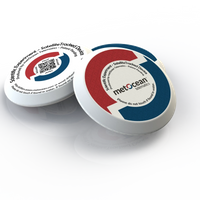
New Drifter Buoy Tracks Water Currents
MetOcean Telematics has developed the STOKES Iridium tracking drifter, a compact drifting buoy designed and tested in technical partnership with Florida State University (FSU) that tracks water currents at the surface.The small light-weight buoy is equipped with Iridium satellite telemetry, GPS positioning and a sea surface temperature sensor. Iridium satellite telemetry enables the buoy to provide vital sensor and geo-positional location data in real time. Iridium also allows the buoy to have bi-directional capabilities. This is a critical ability, for example, if the buoy enters a region of interest
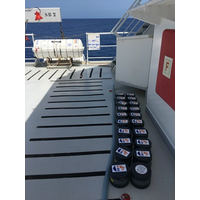
Drifter Buoys Aid Seaweed Research
20 buoys equipped with Globalstar's SPOT Trace trackers and placed them across the North Equatorial Recirculation Region (NERR) in the summer of 2019.Most surface ocean research projects use bulky 10-meter-deep drifters but when the Dutch research team heard about how Nico Wienders at the Florida State University used tiny SPOT Trace satellite trackers for oceanographic and oil spill research, they realized this was a more realistic option to mimic the drift of Sargassum on the surface of the sea.The buoys are made out of a 15cm PVC pipe which floats about 1cm above the sea. Each buoy is fitted with
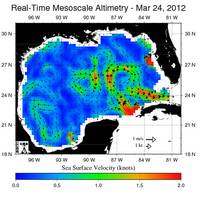
New Research on Gulf of Mexico Loop Current
Ruoying He (North Carolina State University)Project Team Affiliation: North Carolina State University in cooperation with Centro de Investigación Científica y de Educación Superior de Ensenada (Center for Scientific Research and Higher Education at Ensenada), Chevron, Florida State University, Massachusetts Institute of Technology, Scripps Institution of Oceanography, and University of California – Santa CruzPassive Gulf of Mexico Loop Current Observations from HF Radar Across the Yucatan StraitThis project will procure, install, and operate high frequency radar systems
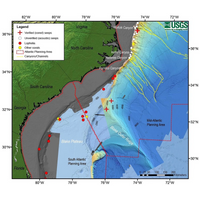
Deepwater Atlantic Habitats Study Commissioned
. Previously, the LopheliaII and Chemosynthesis III programs were major, multi-year federal programs won by a coalition of partners, many of whom are also principals in this effort. The TDI-Brooks team consists of scientists from Temple University, University of Georgia, Nova University, Florida State University, Harvey Mudd College and University of New Hampshire as well as experts from numerous international universities
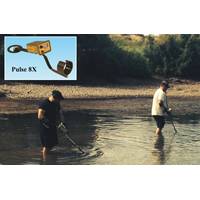
Homeland Security Selects Top Underwater Metal Detector
we know the Pulse 8X will find it.” Underwater metal detectors are so effective, and their use has become so widespread, that agencies training public safety divers are developing courses on how to best utilize these devices. One is the Underwater Crime Scene Investigation team at Florida State University. They developed a program that provides advanced training in crime scene investigation for aquatic environments. The focus is on operational techniques and protocols available to the underwater investigator. Students learn how to use a variety of the high tech tools including Fishers Diver
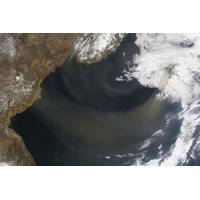
How Do Desert Storms Affect Ocean Phytoplankton?
as far as the Pacific, where dust ultimately settles in the open ocean. This desert dust contains, among other minerals, iron — an essential nutrient for hundreds of species of phytoplankton that make up the ocean’s food base. Now scientists at MIT, Columbia University and Florida State University have determined that once iron is deposited in the ocean, it has a very short residence time, spending only six months in surface waters before sinking into the deep ocean. This high turnover of iron signals that large seasonal changes in desert dust may have dramatic effects on surface
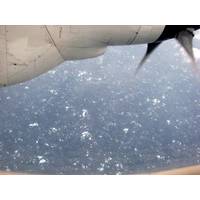
New Study Examines Hurricane Intensity; Pollution Transport
of the Journal of Physical Oceanography. The study’s co-authors include: Benjamin Jaimes and Lynn “Nick” Shay of the UM Rosenstiel School of Marine and Atmospheric Science’s Department of Ocean Sciences. BP/Gulf of Mexico Research Initiative to the Deep-C consortium at Florida State University supported the research



 February 2024
February 2024





